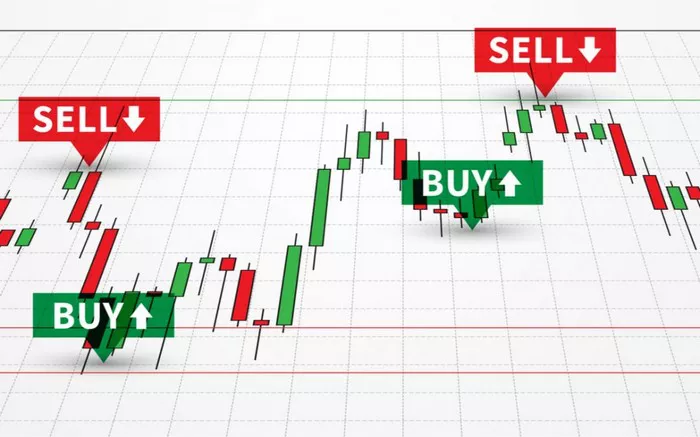The cryptocurrency market is grappling with a growing liquidity crisis, highlighted by significant price slippages during recent market sell-offs.
Research from Kaiko indicates that liquidity fragmentation across various crypto exchanges has exacerbated price discrepancies, especially during periods of market stress. Liquidity fragmentation occurs when liquidity is unevenly distributed across exchanges, leading to noticeable differences in prices, particularly during market sell-offs.
Price Slippage
The recent sell-off has underscored these fragmentation issues. For instance, BTC prices on Binance.US diverged from those on more liquid platforms. Binance.US has struggled with liquidity since facing a lawsuit from the SEC in June 2023, with its daily trade volume plummeting from $400 million at the beginning of the year to just $20 million today.
This decline in liquidity has made Binance.US particularly susceptible to price discrepancies during market events. The August 5th sell-off illustrated these challenges, with less liquid altcoins experiencing more pronounced price slippages, complicating traders’ efforts to execute orders at desired prices.
Kaiko’s data shows a rise in price slippage across most exchanges on August 5th, with certain platforms and trading pairs experiencing severe spikes. For example, Zaif’s BTC-JPY pair faced the highest slippage due to the Bank of Japan’s rate hike. Similarly, KuCoin’s BTC-EUR pair saw discrepancies exceeding 5%, underscoring the risks for traders in less liquid markets. Even stablecoin pairs on platforms like BitMEX and Binance.US experienced slippage increases of over three basis points.
The impact of liquidity events varies not only between exchanges but also within trading pairs on the same platform. For example, Coinbase’s BTC-EUR pair is notably less liquid than its BTC-USD counterpart, leading to extreme volatility during intense market activity. This was evident in March when Coinbase’s BTC-EUR price diverged sharply from the broader market, resulting in a significant reduction in market depth.
Weekday Trading Surge
Another factor exacerbating the liquidity crisis is the concentration of trading activity during weekdays, particularly in BTC-USD markets. This trend has been intensified by the introduction of U.S. spot ETFs, leading to increased volatility over the weekends. Unlike traditional markets, which close on weekends, cryptocurrency markets operate 24/7. Consequently, sell-offs on Fridays can amplify weekend uncertainties, magnifying price impacts.
During the recent sell-off, Bitcoin’s price fluctuated by 14% from Monday’s open to Friday’s close, reflecting patterns observed in major sell-offs since 2020.
Despite these liquidity challenges, Kaiko notes that cryptocurrency platforms have made substantial investments in infrastructure to manage higher trade volumes without outages, which has helped reduce arbitrage costs across exchanges.
Related topics:




























